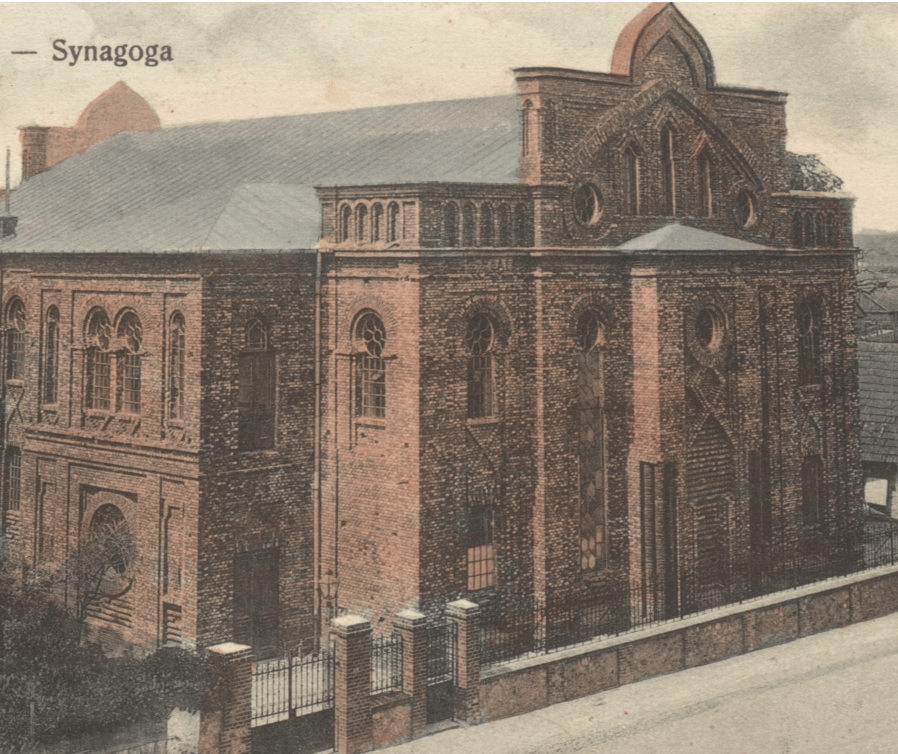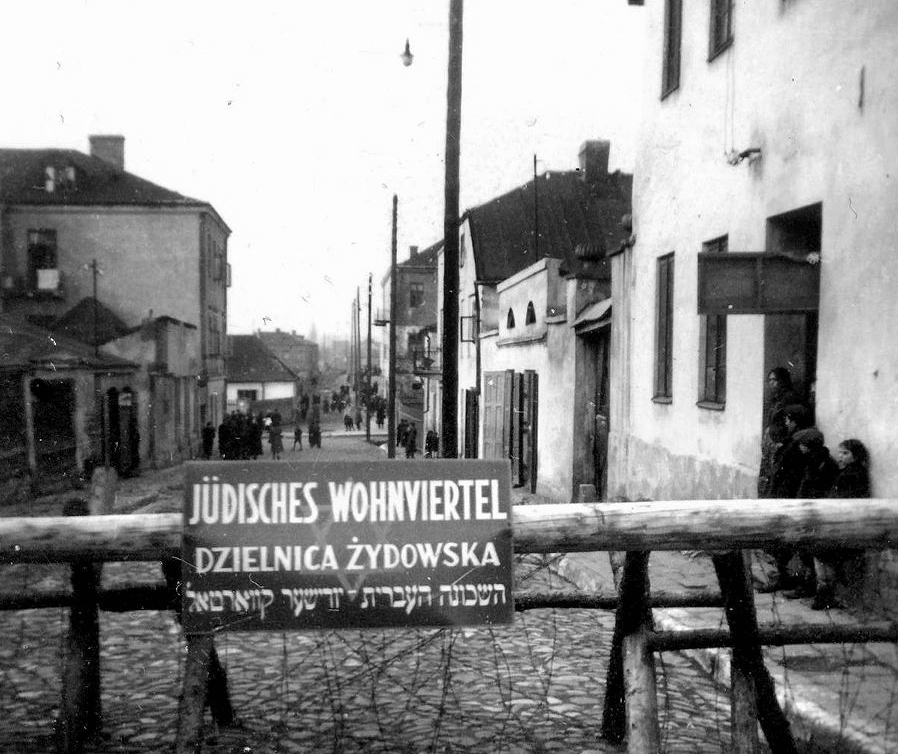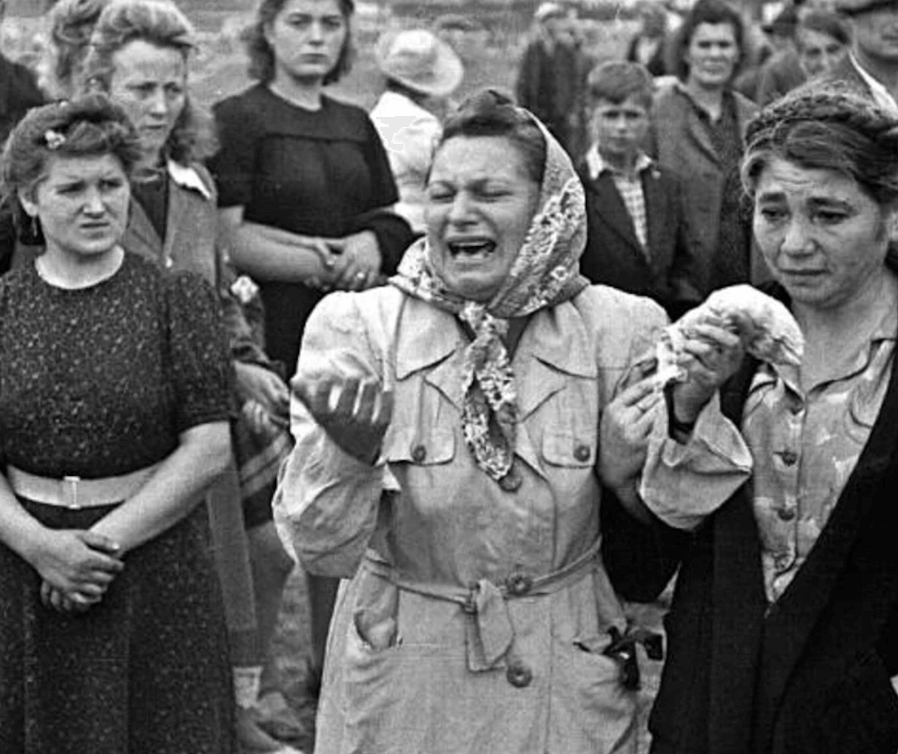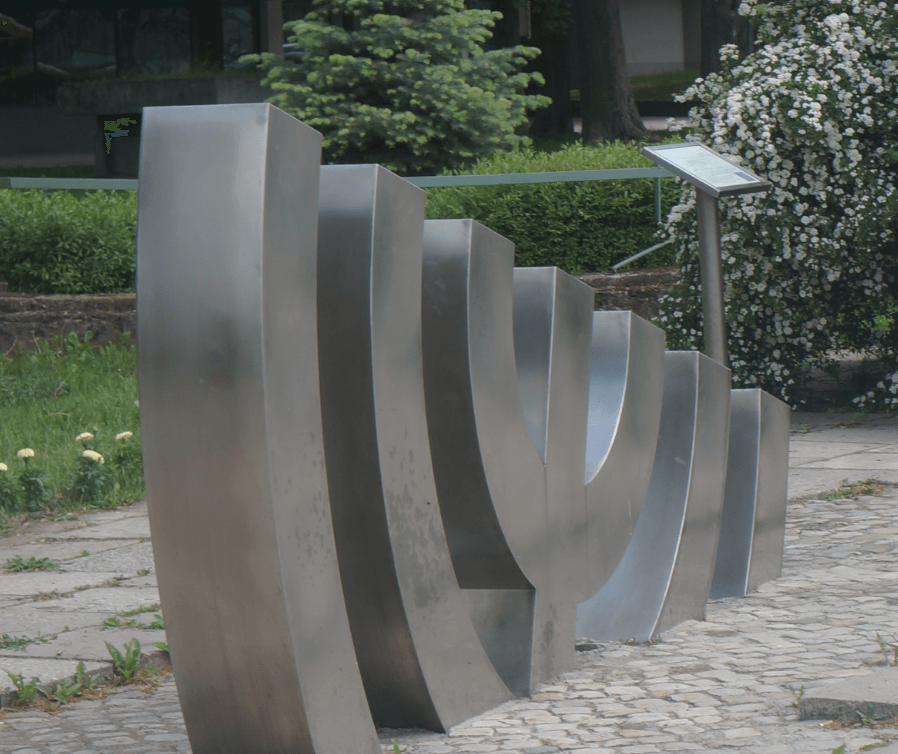Welcome to the website dedicated to the memory of the Jews of Kielce, who for centuries contributed to the history, culture and social life of our city. Their contribution to the development of Kielce is invaluable and has left a lasting mark on our common identity. Jews began to settle in Kielce already in the 16th century, and their number increased significantly in the 19th and early 20th centuries. Before World War II, the Jewish community constituted a significant part of the city's population, contributing to its economic and cultural development. During the German occupation during World War II, the Jews of Kielce were subjected to brutal repression, and many of them died in concentration camps. After the war, in 1946, the tragic Kielce pogrom took place, which became a painful symbol of post-war anti-Semitism. Our mission is to preserve the memory of those who were an integral part of the Kielce community and to educate future generations about their history and heritage. By organizing exhibitions, lectures and other cultural events, we want to commemorate those who have passed away and celebrate their lives and achievements. 
In episcopal Kielce it was maintained that Jewish settlement was prohibited. This changed in 1862, and the number of Jewish inhabitants grew dynamically, so that before the outbreak of World War II it already numbered 21,000 people: almost one third of the city's inhabitants.

Shortly after the Germans entered Kielce in September 1939, they directed repression against the Jews. On April 1, they established a ghetto, and from August 19-24, 1942, they murdered more than 25,000 Jews from the Kielce ghetto.

On July 4, 1946, an angry crowd, incited by insinuations regarding an alleged ritual murder, along with soldiers and militiamen, attacked the Jewish residents. Neither the communist city authorities nor fellow citizens reacted. More than 42 Jews were brutally murdered and 80 were injured.

Restoring the memory of the pogrom, the history of the Kielce Jewish community and its Holocaust is a long and complicated process, unfinished to this day . It was undertaken by people affiliated with the Jan Karski Association.


